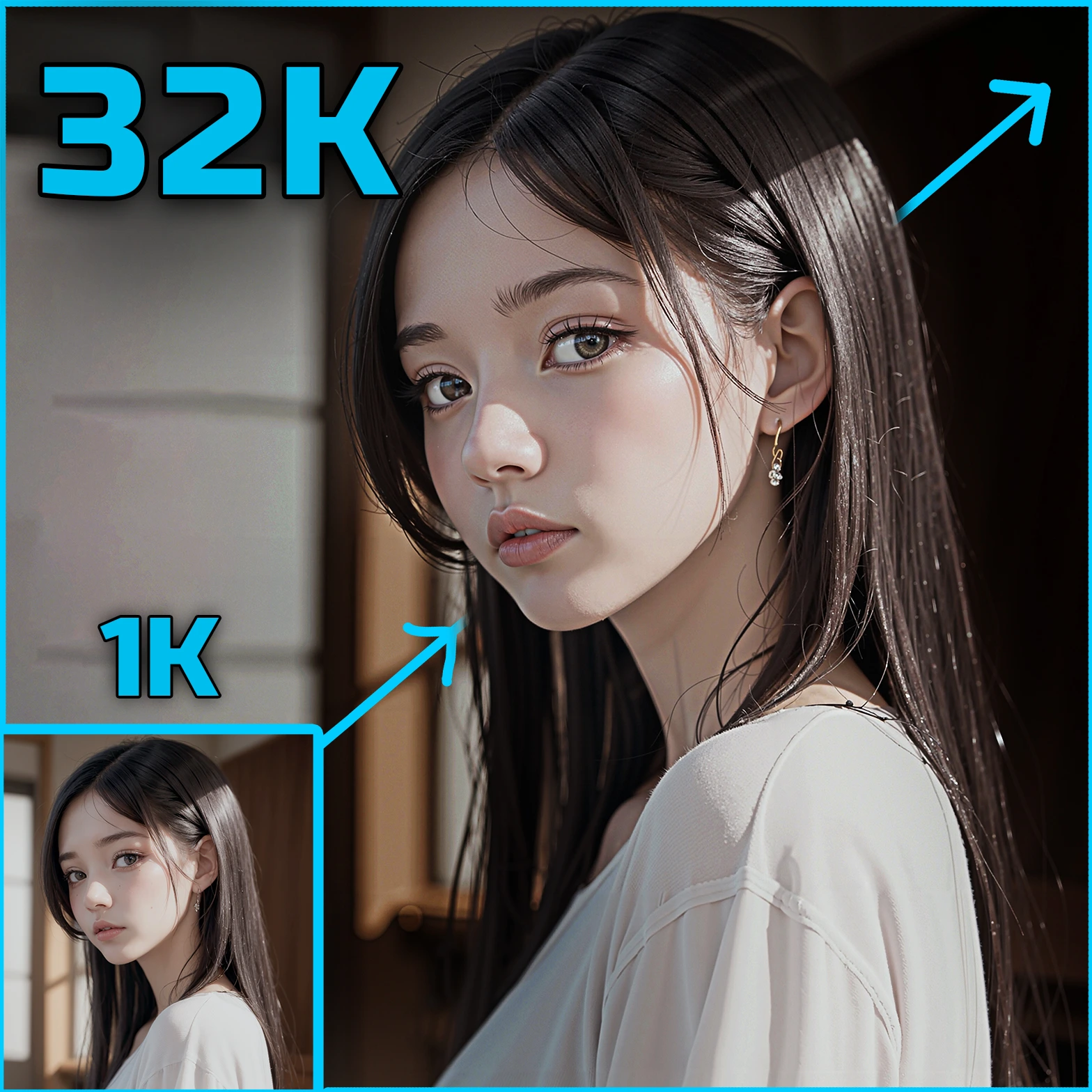ComfyUI Node: 🔡 CLIP Text Encode
SDVN CLIP Text Encode
Category📂 SDVN
Stable Diffusion VN (Account age: 281days) Extension
SDVN Comfy node Latest Updated
2025-04-27 Github Stars
0.04K
How to Install SDVN Comfy node
Install this extension via the ComfyUI Manager by searching for SDVN Comfy node- 1. Click the Manager button in the main menu
- 2. Select Custom Nodes Manager button
- 3. Enter SDVN Comfy node in the search bar
Visit ComfyUI Online for ready-to-use ComfyUI environment
- Free trial available
- 16GB VRAM to 80GB VRAM GPU machines
- 400+ preloaded models/nodes
- Freedom to upload custom models/nodes
- 200+ ready-to-run workflows
- 100% private workspace with up to 200GB storage
- Dedicated Support
🔡 CLIP Text Encode Description
Transform textual prompts into image-guiding embeddings using CLIP model for nuanced image generation control.
🔡 CLIP Text Encode:
The SDVN CLIP Text Encode node is designed to transform textual prompts into embeddings that can guide diffusion models in generating specific images. This node leverages the power of the CLIP model to encode text into a format that is compatible with image generation processes, allowing for nuanced and detailed control over the visual output. By converting text into conditioning data, this node enables you to influence the style, content, and composition of generated images, making it an essential tool for AI artists looking to create visually compelling and contextually relevant artwork. The node's ability to handle both positive and negative prompts, along with style and translation options, provides a versatile framework for creative exploration and experimentation.
🔡 CLIP Text Encode Input Parameters:
clip
The clip parameter specifies the CLIP model used for encoding the text. This model is responsible for converting the input text into a format that can be used to guide the diffusion model. The choice of CLIP model can impact the style and accuracy of the generated images, as different models may have varying capabilities in understanding and representing textual information.
positive
The positive parameter is a string input that contains the text you want to encode into a positive prompt. This text will be used to guide the diffusion model towards generating images that align with the concepts and themes described in the prompt. The parameter supports multiline and dynamic prompts, allowing for complex and detailed input.
negative
The negative parameter is a string input that contains the text you want to encode into a negative prompt. This text will be used to guide the diffusion model away from generating images that align with the concepts and themes described in the prompt. Like the positive parameter, it supports multiline and dynamic prompts.
style
The style parameter allows you to apply a specific style to the encoded text. This can be used to influence the aesthetic or thematic elements of the generated images. The default value is "None," meaning no specific style is applied unless specified otherwise.
translate
The translate parameter provides options for translating the input text into different languages before encoding. This can be useful for generating images that are culturally or contextually relevant to a specific language or region.
seed
The seed parameter is an integer that sets the random seed for the encoding process. This ensures that the same input text will produce consistent results across different runs. The default value is 0, and it can range from 0 to 0xffffffffffffffff, providing a wide range of possible seed values for experimentation.
🔡 CLIP Text Encode Output Parameters:
positive
The positive output is a conditioning containing the embedded text used to guide the diffusion model. This output represents the encoded version of the positive prompt, which influences the model to generate images that align with the desired concepts and themes.
negative
The negative output is a conditioning containing the embedded text used to guide the diffusion model away from certain concepts. This output represents the encoded version of the negative prompt, which helps steer the model away from generating unwanted elements in the images.
prompt
The prompt output is a string that represents the final encoded prompt used in the diffusion process. This output combines the effects of the positive and negative prompts, along with any applied styles or translations, to provide a comprehensive guide for image generation.
🔡 CLIP Text Encode Usage Tips:
- Experiment with different CLIP models to find the one that best captures the nuances of your text prompts and aligns with your artistic vision.
- Use the style parameter to apply specific artistic styles to your images, enhancing the visual appeal and thematic consistency of your work.
- Utilize the seed parameter to ensure reproducibility in your image generation process, allowing you to fine-tune and iterate on your designs with consistent results.
🔡 CLIP Text Encode Common Errors and Solutions:
"Invalid CLIP model"
- Explanation: This error occurs when the specified CLIP model is not recognized or supported by the node.
- Solution: Ensure that you are using a valid and compatible CLIP model. Check the documentation for a list of supported models and verify that the model is correctly loaded.
"Mismatched prompt lengths"
- Explanation: This error arises when the lengths of the positive and negative prompts do not match, causing issues in the encoding process.
- Solution: Ensure that both the positive and negative prompts are of similar lengths or adjust them to match. This can help maintain balance in the conditioning data and prevent encoding errors.
"Translation error"
- Explanation: This error occurs when there is an issue with translating the input text into the specified language.
- Solution: Verify that the translation option is correctly configured and that the input text is suitable for translation. Consider simplifying the text or using a different language option if the error persists.
🔡 CLIP Text Encode Related Nodes
RunComfy is the premier ComfyUI platform, offering ComfyUI online environment and services, along with ComfyUI workflows featuring stunning visuals. RunComfy also provides AI Playground, enabling artists to harness the latest AI tools to create incredible art.

